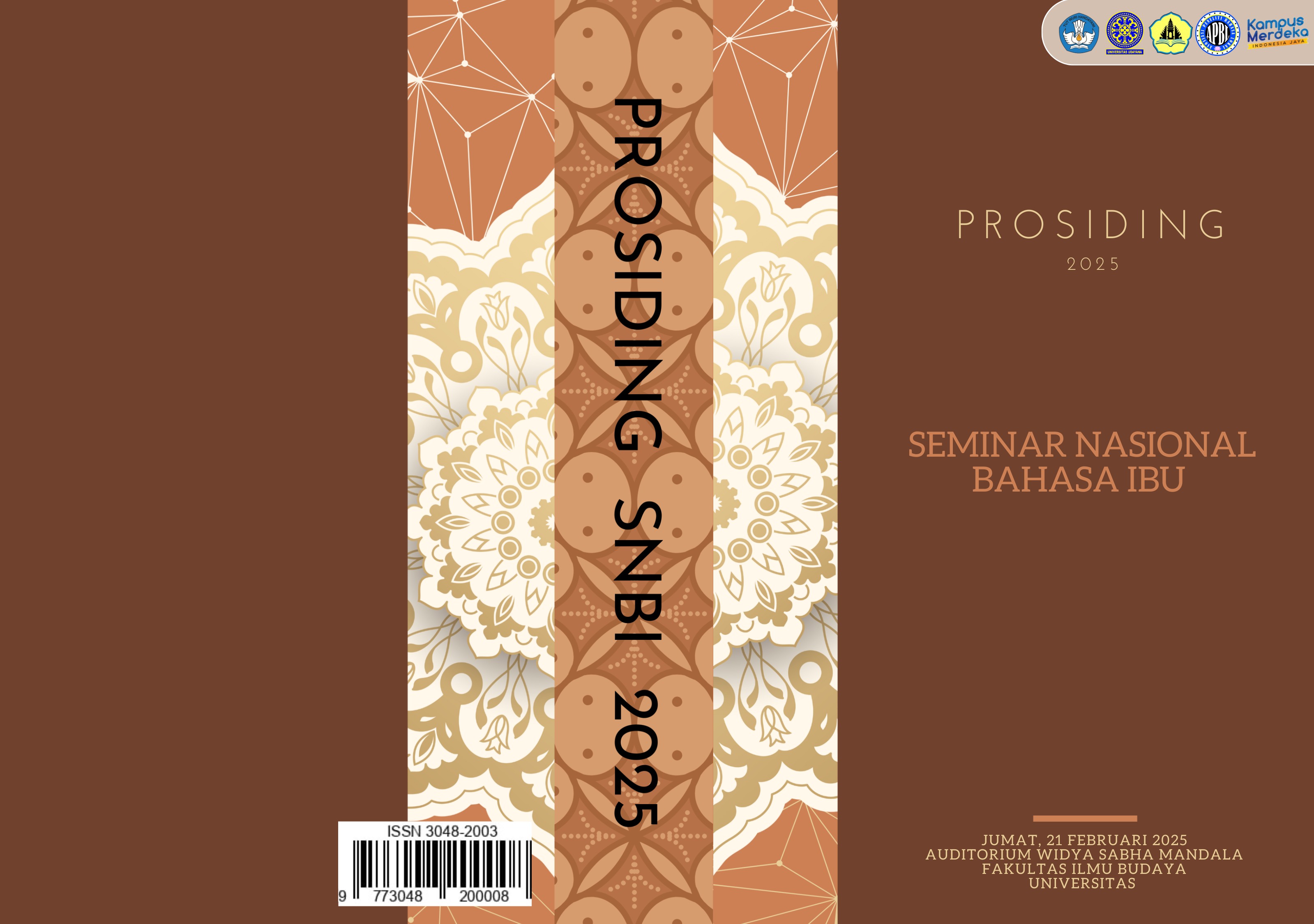ANALISIS WACANA KRITIS DALAM WACANA ANITA JACOBA GAH PADA RAPAT KERJA DPR RI BERSAMA KEMENDIKBUDRISTEK RI
Abstract
Political discourse is not merely verbal communication, but also a means to reflect power, dominance, and ideology. This is evident in Anita Jacoba Gah’s speech during the working meeting of the Indonesian House of Representatives (DPR RI) with the Ministry of Education, Culture, Research, and Technology (Kemendikbudristek RI). The discourse contains criticism of the unequal distribution of the education budget, particularly in the 3T (Left Behind, Frontier, and Outermost) regions, and highlights issues of transparency and accountability in budget management. This study aims to analyze the text dimensions, discourse practices, and sociocultural practices in the discourse using Norman Fairclough’s critical discourse analysis model. Data were obtained from the transcript of the speech uploaded through the digital platform YouTube VIVA.co.id. This is a descriptive study using the observation method with note-taking techniques, while the analysis is conducted in a descriptive interpretive manner. The findings of this study indicate that the use of text structures such as transitivity, modality, and inclusive pronouns strengthens the persuasive power of the discourse. Additionally, the positive public response on digital media reflects the success in mobilizing public opinion. The sociocultural dimension reveals the imbalance in education policies, reflecting an ideology of social justice based on transparency. This study concludes that Anita Jacoba Gah’s discourse is not only a form of criticism but also an effort to raise public awareness about the importance of justice in education policies.

 Dikelola oleh Program Magister dan Doktor Ilmu Linguistik Fakultas Ilmu Budaya Universitas Udayana
Dikelola oleh Program Magister dan Doktor Ilmu Linguistik Fakultas Ilmu Budaya Universitas Udayana
